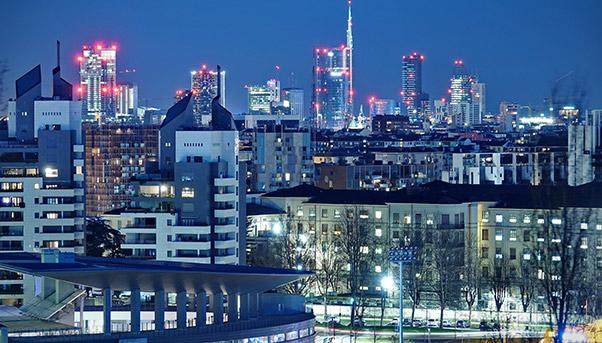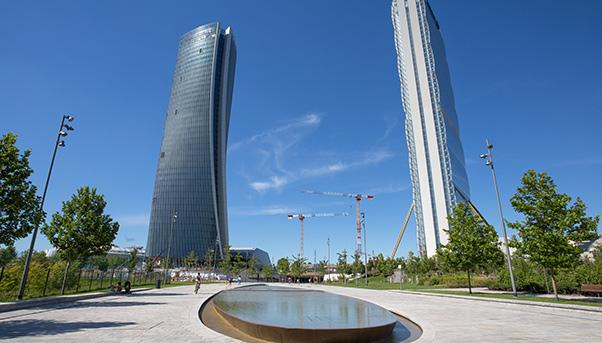
The Vertical Forest by Stefano Boeri, the City Life redevelopment project with famous architects like the late Zaha Hadid, the future headquarters of ENI designed by the firm Morphosis Architects, led by Pritzker Prize winner Thom Mayne.
These are but a few of the names associated with Milan’s revival. Their buildings are soaring above such architectural relics as the Torre Velasca to reshape the skyline of this northern Italian city and define a new vibrancy radiating from its centre to the outer limits.
Milan, which also serves as the administrative seat of the Lombardy region, is determined to prolong the dynamism that sprang out of Expo, the world exhibition that it hosted in 2015. It is working to broaden its appeal beyond its traditional role as the seat of higher learning, finance, fashion and design by attracting foreign companies, investors, entrepreneurs and the innovation they bring with their start-ups. Its economy, part of it, like fashion and design, supporting the “Made in Italy” promotional brand overseas, makes up 10% of Italy’s gross domestic product, according to official figures. On a pro-capita basis, it stands at €45,000, nearly double the national average. Some 3,000 foreign companies have opened offices in the city, while investor interest in its real estate market has seen transactions increase by 20% a year.
Tourists have also discovered the city. Between 2010 and 2015, more than seven million people came to visit, a faster growth rate than either Paris or London had witnessed during the same period.
So Milan transformed itself from an industrial base of the last century to one focused on services with a skilled workforce and sound infrastructure.
The Lombardy region is taking the next step with the implementation of a five-year plan to make its transport services more efficient and widespread. The goal is to increase by 20% regional train services, 19% light rail services, and 5% bus services. By reducing the use of cars by 7%, commuting times could shorten by 6% and CO2 emissions drop from 17.8 million tonnes a year to 16.8. By 2020, the plan foresees €900 million in annual savings in terms of shorter commuting times and fewer social costs like accidents and air pollution.
In the real estate sector, foreign investors are buying and companies are renting the latest property to come to market, whether they be restored buildings in the historic centre or gleaming towers in new areas like Porta Nuova and City Life.

These new towers have come to occupy the Milan skyline next to the Pirelli Tower, replacing it as the city’s new architectural icons. The first was done by the new offices of the Lombardy government: a curved glass structure designed by Pei Cobb Freed & Partners. The complex, built by Salini Impregilo, was deemed the best in Europe by the Council on Tall Buildings and Urban Habitat (CTBUH) in 2012.
The next to join them will be one for insurer Unipol. Designed by Mario Cucinella, it will be located at Porta Nuova. At 100 metres in height, it will have 22 floors and an enclosed garden at the top offering panoramic views. It is to be completed by 2019 near to the smaller UniCredit Pavilion.
Such has been the success of the Porta Nuova district that it was bought in 2015 by a Qatar fund. It has become home to the head or regional offices of companies including UniCredit, BNP Paribas, Google, Deloitte, Amazon, State Street and Samsung.
Then there is the Vertical Forest, deemed the best tall building in the world in 2015 by the CTBUH.
To the southeast of the city, ENI has commissioned Salini Impregilo for the construction of a new headquarters. Based on a project by Morphosis, it will have three buildings for 4,600 workers, a canteen, conference centre and exhibition space. Its energy efficient ought to award it a gold rating from Leadership in Energy and Environmental Design (LEED) system.

